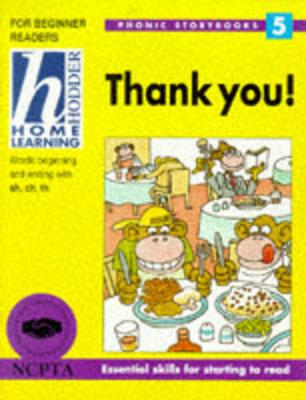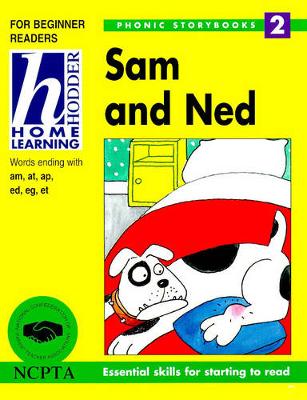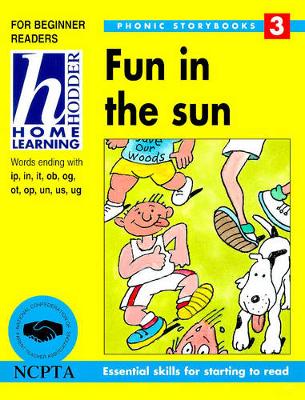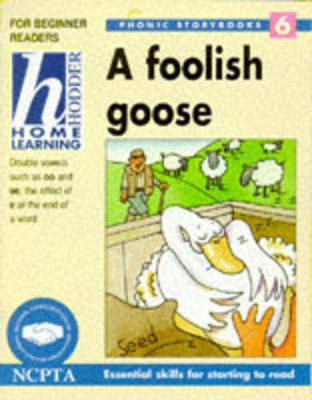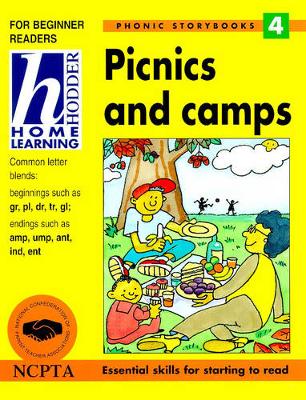Hodder Home Learning
5 total works
This series has been designed to support the reading work which Year 1 children will be doing at school, providing useful reinforcment for 4-6 year olds. Children learn to read through a variety of strategies and it is particularly important that they can understand the relationship of a printed letter, or group of letters, to its sound - phonics. The "Phonic Storybooks" take a step-by-step approach to learning these phonic relationships in the context of lively, amusing stories with full-colour illustration, which aim to be fun for young readers as they learn. In addition, children are taught to recognise complete words through repetition and the use of clear picture clues. Activity pages extend the range of sounds learned in the stories and provide extra practice.
This series has been designed to support the reading work which Year 1 children will be doing at school, providing useful reinforcment for 4-6 year olds. Children learn to read through a variety of strategies and it is particularly important that they can understand the relationship of a printed letter, or group of letters, to its sound - phonics. The "Phonic Storybooks" take a step-by-step approach to learning these phonic relationships in the context of lively, amusing stories with full-colour illustration, which aim to be fun for young readers as they learn. In addition, children are taught to recognise complete words through repetition and the use of clear picture clues. Activity pages extend the range of sounds learned in the stories and provide extra practice.
This series has been designed to support the reading work which Year 1 children will be doing at school, providing useful reinforcment for 4-6 year olds. Children learn to read through a variety of strategies and it is particularly important that they can understand the relationship of a printed letter, or group of letters, to its sound - phonics. The "Phonic Storybooks" take a step-by-step approach to learning these phonic relationships in the context of lively, amusing stories with full-colour illustration, which aim to be fun for young readers as they learn. In addition, children are taught to recognise complete words through repetition and the use of clear picture clues. Activity pages extend the range of sounds learned in the stories and provide extra practice.
This series has been designed to support the reading work which Year 1 children will be doing at school, providing useful reinforcment for 4-6 year olds. Children learn to read through a variety of strategies and it is particularly important that they can understand the relationship of a printed letter, or group of letters, to its sound - phonics. The "Phonic Storybooks" take a step-by-step approach to learning these phonic relationships in the context of lively, amusing stories with full-colour illustration, which aim to be fun for young readers as they learn. In addition, children are taught to recognise complete words through repetition and the use of clear picture clues. Activity pages extend the range of sounds learned in the stories and provide extra practice.
This series has been designed to support the reading work which Year 1 children will be doing at school, providing useful reinforcment for 4-6 year olds. Children learn to read through a variety of strategies and it is particularly important that they can understand the relationship of a printed letter, or group of letters, to its sound - phonics. The "Phonic Storybooks" take a step-by-step approach to learning these phonic relationships in the context of lively, amusing stories with full-colour illustration, which aim to be fun for young readers as they learn. In addition, children are taught to recognise complete words through repetition and the use of clear picture clues. Activity pages extend the range of sounds learned in the stories and provide extra practice.
